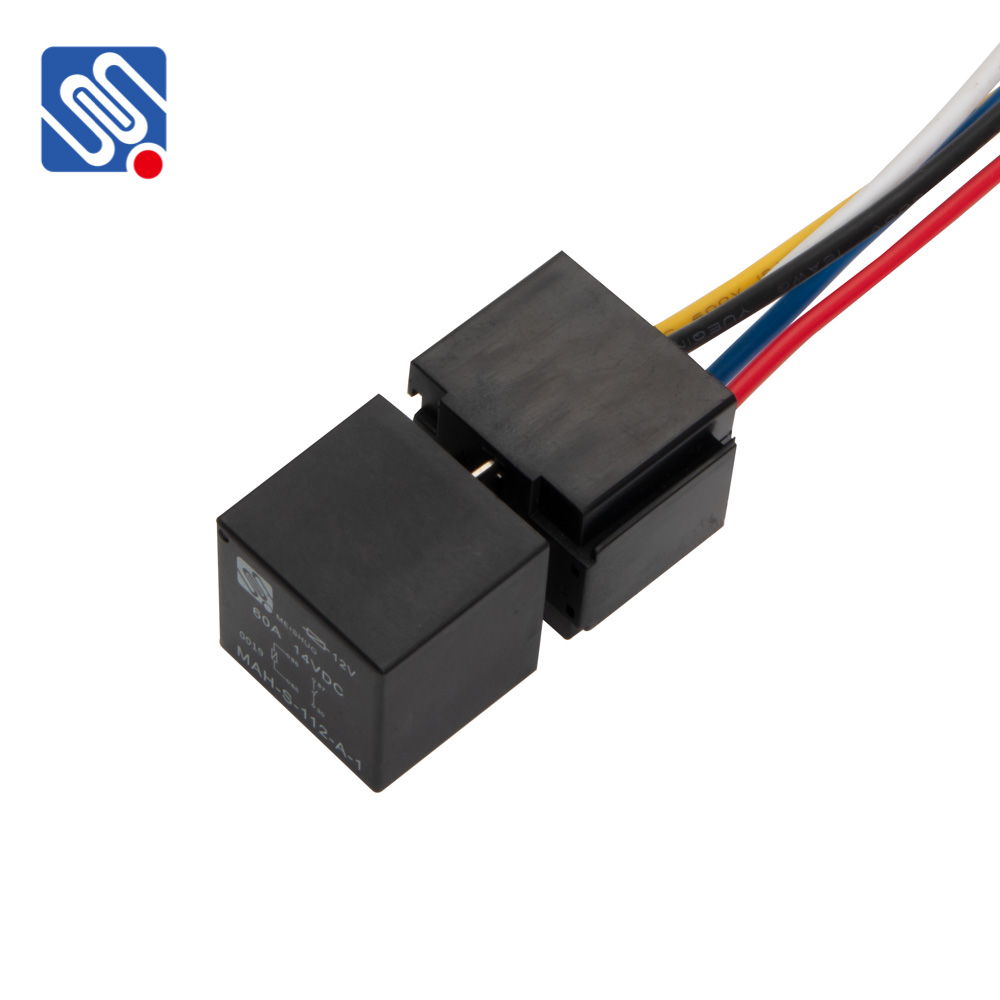understanding the 12v 40a relay: a crucial component in electrical systems
Release time:2025-04-26 10:49:32
A 12V 40A relay is an essential component in many electrical systems, serving as a switch that controls the flow of electricity between circuits. These relays are particularly important in applications requiring high power control while using a low voltage control signal, such as in automotive systems, industrial machinery, home appliances, and various other electronic devices. In this article, we will explore the function, design, applications, and significance of the 12V 40A relay, offering a comprehensive understanding of this vital component.

What is a 12V 40A Relay?
At its core, a relay is an electrically operated switch. The 12V 40A relay is designed to be triggered by a 12V direct current (DC) signal, and it can handle up to 40 amperes of current on its switching contacts. The "12V" refers to the voltage required to activate the relay's coil, while the "40A" specifies the maximum current that can be passed through the relay's contacts when they are closed. Relays typically feature a coil that creates a magnetic field when current flows through it. This magnetic field pulls a set of contacts together, allowing the current to flow through the circuit it controls.

